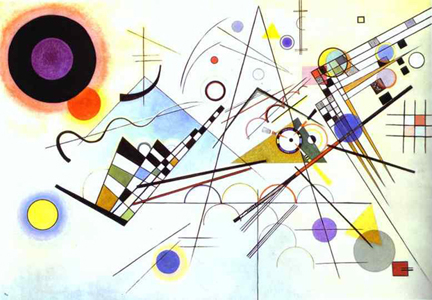Unnamed by Jacqueline Groag, 1952
Jacqueline Groag
1903-1986
This design of rounded squares printed on rayon for the English firm David Whitehead, Ltd., is now called "Pebbles." Wind- and water-worn stones may have been her inspiration.
But others see technology...
Above a 1948 television.
The rounded square is Groag's signature print,
on the cover of two books about her.
She's also the subject of a show up right now at the Denver Art Museum.
Pattern Play: The Contemporary Designs of Jacqueline Groag will close on September 22, 2013.
See more about her at the Worn Through blog:
Born Hilde Pilke in Prague, she studied under Josef Hoffmann at the Wiener Werkstatte in Austria in the late 1920s. She designed for that workshop under her married name Hilde Blumberger. In 1937 she moved to Paris and designed prints for Schiaparelli and Lanvin. In 1939 she and her second husband, architect Jacques Groag, moved to London to escape Hitler's Europe.
She was one of the post-War British designers
who defined "Contemporary Prints."
The rounded square and rectangle mean mid-century modern to us.
Above, vinyl decals for today's modern decor.
Did Groag invent the rounded square?
No, it was in the air.
Above sculpture by Kenneth Armitage from the early 1950s.
Sonia Delaunay 1929
And you can always go back to Sonia Delaunay and see that she thought of it too 20 years earlier. (She seems to have thought of everything.)
Mechtildes By Frederick Etchells
1913
As did the Omega Workshop designers in the early teens.
But the rounded square became THE shape in the 1950s,
found in the heavy furnishing fabrics we call barkcloth...
And trickling down to feedsack prints.
In their 1960 catalog Montgomery Ward's described desirable design:
"Modern, rounded square shapes in pure white sparked by the glow of warm color..."





































PWScw~~60_57.jpg)







cE9s4PsMTtBRq-l!E3sQ~~60_57.jpg)













